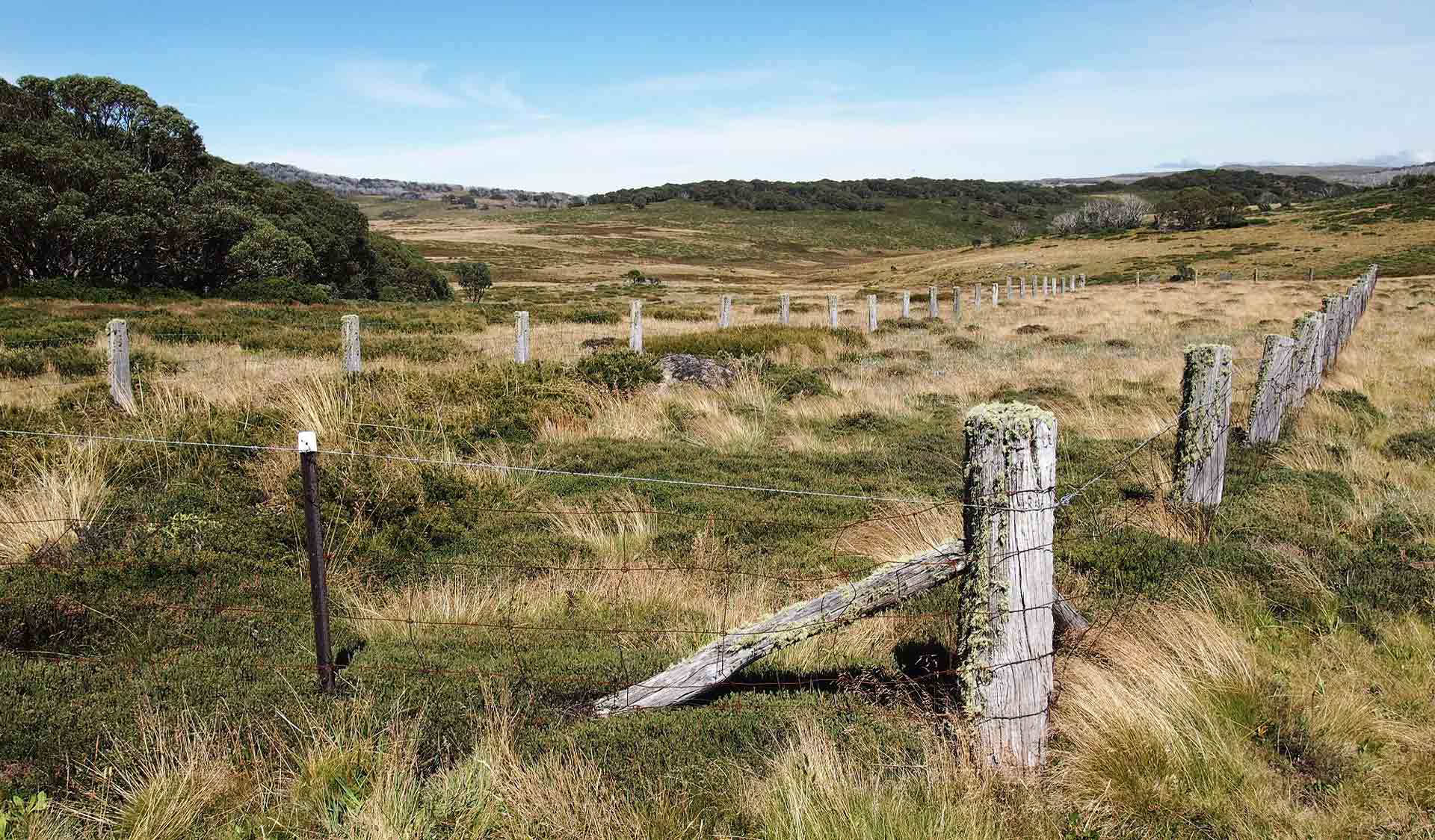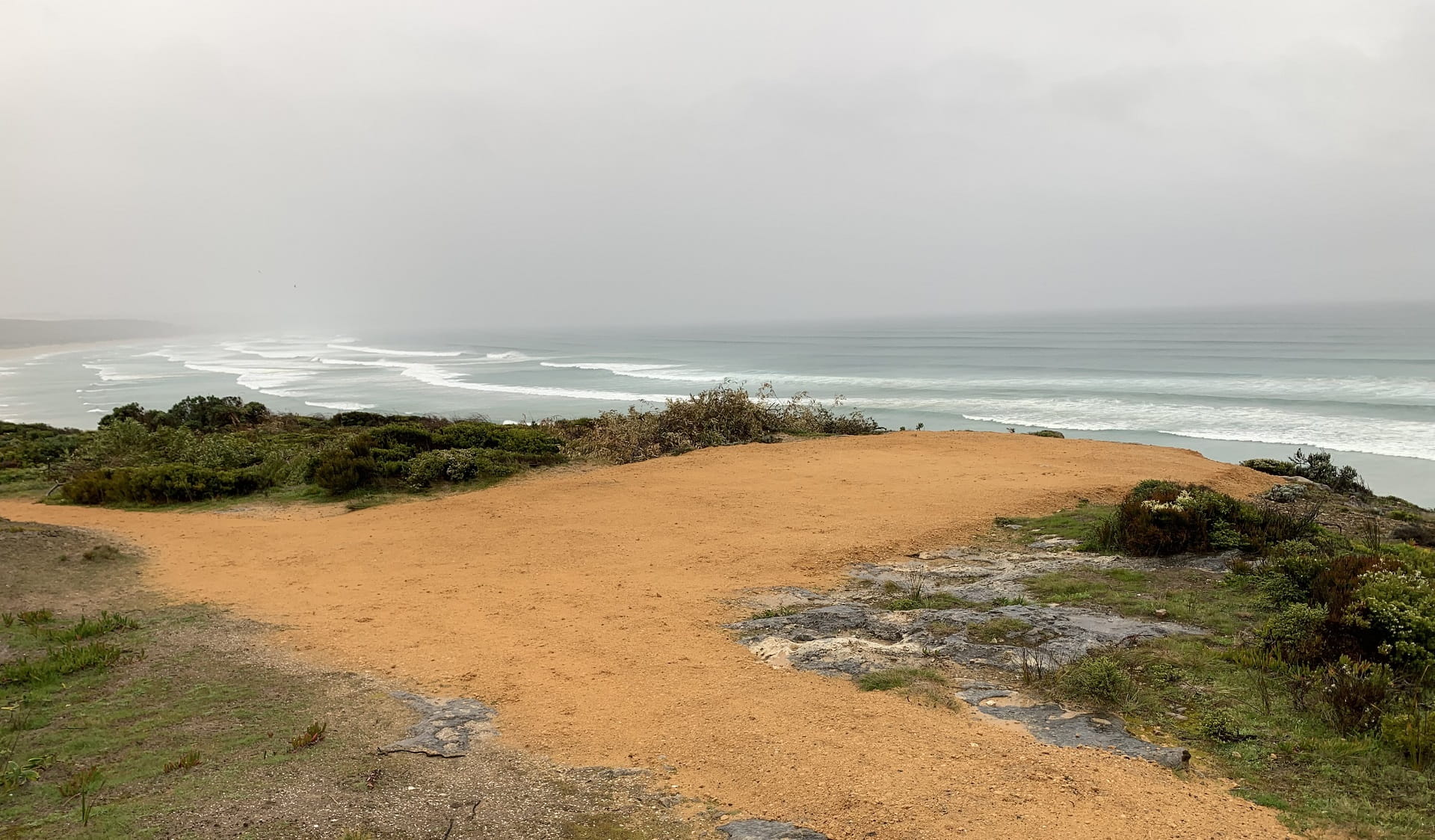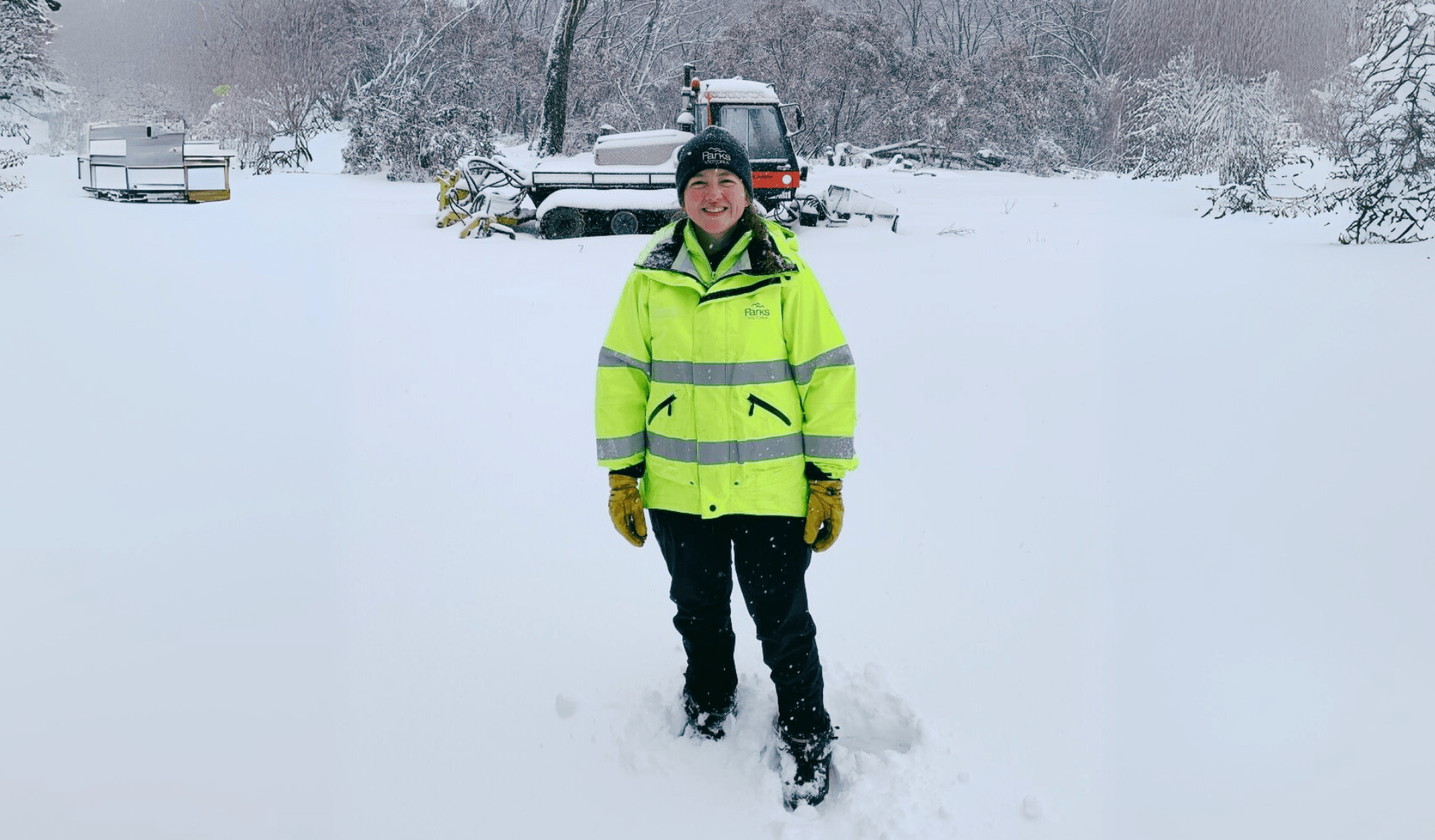Seeds of cooperation planted by Ballarat volunteers in Woowookarung
Wednesday 22 November, 2023
Key points:
- Several volunteer groups from the Ballarat region are working independently, yet collaboratively, to care for native seeds during their life cycle.
- The seeds are collected from Woowookarung Regional Park, grown in a community nursery, and then planted by local Landcare groups.
- The initiative has resulted in thousands of trees and shrubs being planted back into local parks and reserves at no cost to Parks Victoria.
From little things, big things grow.
That’s certainly the plan for a handful of volunteer groups in Ballarat who all play a vital part in caring for the local environment by taking care of native seeds at every step of their life cycle.
The extraordinary initiative begins and ends just south-east of the city in Woowookarung Regional Park, a 641-hectare bushland park that was created in 2016. Woowookarung means “place of plenty” and lies on the traditional lands of the Wadawurrung people.
The project is entirely led by volunteers, with multiple groups working independently yet collaboratively to collect, cultivate, and plant locally indigenous plants. Their goal is to restore Woowookarung to its natural state, creating habitat that can support koalas and Powerful Owls.
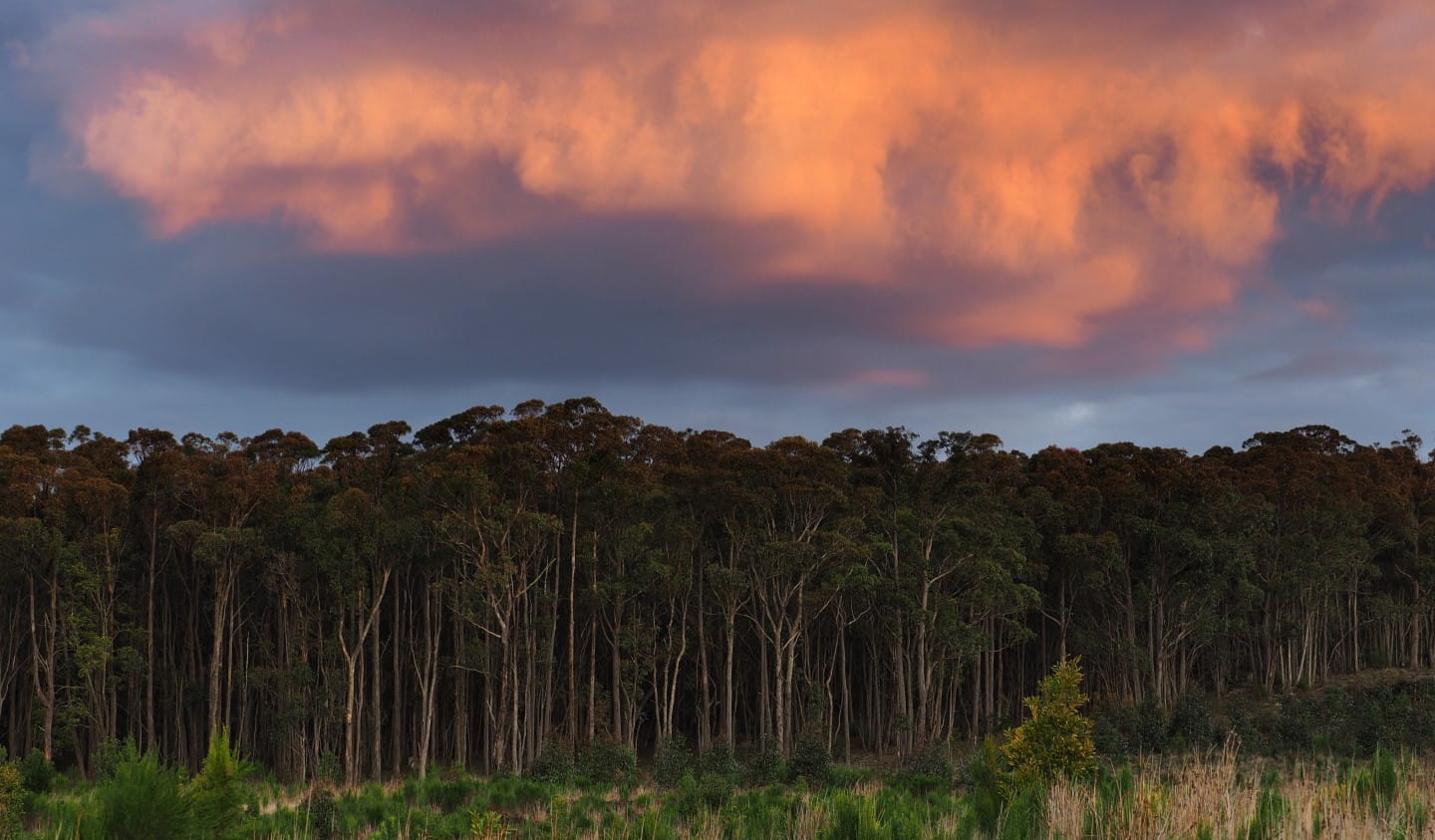
Photo: Woowookarung Regional Park was created in 2016 and is home to the popular Dementia Friendly Forest and Sensory Trail.
It begins with members of the Field Naturalists Club of Ballarat, who have a permit to collect seeds from Woowookarung Regional Park when conditions are right. These seeds are then donated to the City of Ballarat Community Indigenous Nursery, whose volunteers carefully extract, store, and propagate the seeds.
Once these seedlings are big enough, they’re donated to various Landcare groups to plant in the local area. One such group is the Friends of Canadian Corridor, who return the seedlings home, planting them back into Woowookarung Regional Park, enabling the seed’s circular cycle to begin again.
Thousands of trees, shrubs, and grasses have now been planted back into Woowookarung as a result of the program.
For Bob Hartmann, president of the Friends of Canadian Corridor, these locally sourced plantings are working to fix the errors of the past which had left the park “abused multiple times over the past 150 years”.
“This whole area was logged during the Gold Rush of the 1850s for building material, before it was planted up as pine forest in the 1960s. It was then cleaned and planted as blue gums in the 90s, before it was handed back to the State Government in 2012 after they’d run a bulldozer through it all – this whole area looked like a moonscape,” Bob said.
"But it's amazing how things come back though."
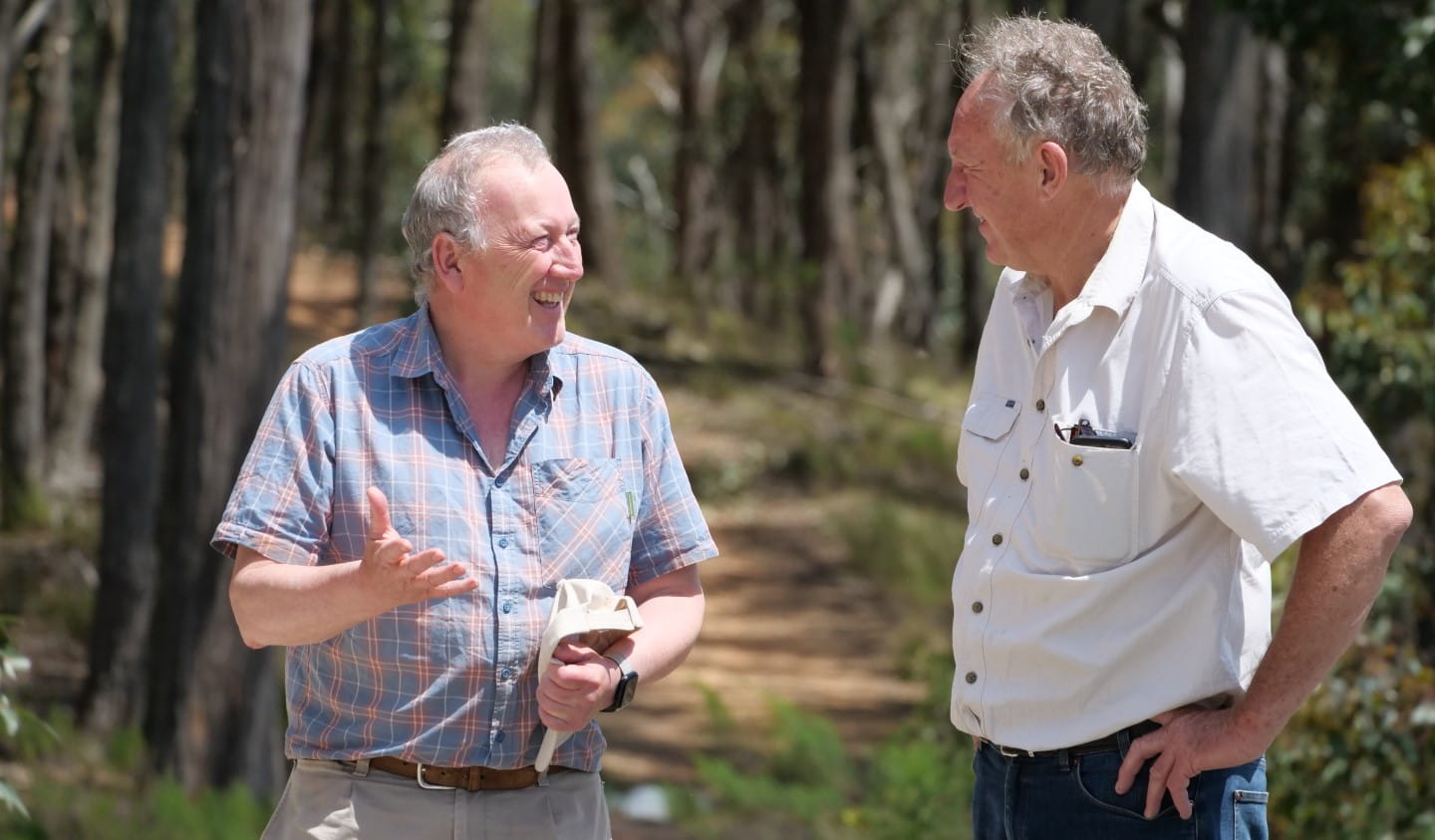
Photo: Rob Loveband and Bob Hartman from the Friends of Canadian Corridor in Woowookarung Regional Park.
“The bulk of the trees you’re seeing here is natural regeneration, and that’s great. However, the only negative is that it’s mostly Blackwoods, and they only have a lifespan of about 25-30 years."
“What we’ve been trying to do over the past little while is plant strategically, so that includes things like manna gums, swamp gums and other things that will provide that long-term canopy and ecosystem, as well as ensuring there is ground cover and understorey planting as well,” he said.
As it would turn out, many of the saplings and seedlings the Friends of Canadian Corridor are using to revegetate Woowookarung started their life cycle in the very same park.
After a heavy storm or particularly windy day, members of the local Field Naturalists Club of Ballarat will visit Woowookarung, scouring the ground for any freshly fallen branches which may contain unopened seed pods for them to collect.
John Gregurke, a member of the Ballarat Field Naturalists, said he “didn’t know very much about plants” when he first joined the group, but is now one of the first out into the park identifying which seeds ought to be collected.
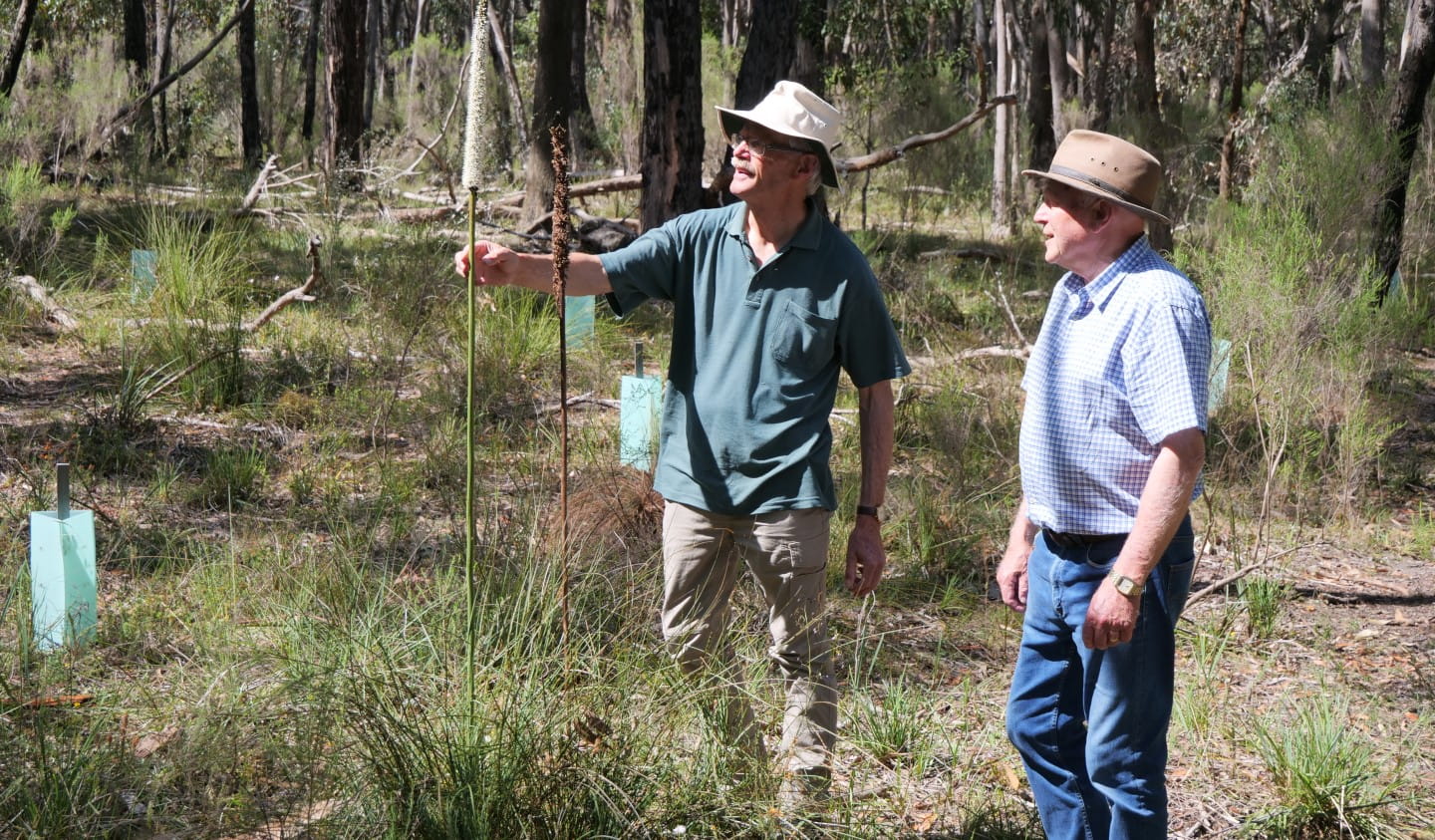
Photo: Roger Thomas and John Gregurke are members of the Field Naturists Club of Ballarat and have a permit to collect seeds.
“That’s the great thing about the Field Nats – everyone is very happy to share their expertise and knowledge with newcomers,” he said.
“Stringybarks have their seeds 20 metres off the ground, and you otherwise can’t get them unless the branches fall to the ground. We’ll come out, usually within a week of strong winds, to look for the fresh green branches,” he said.
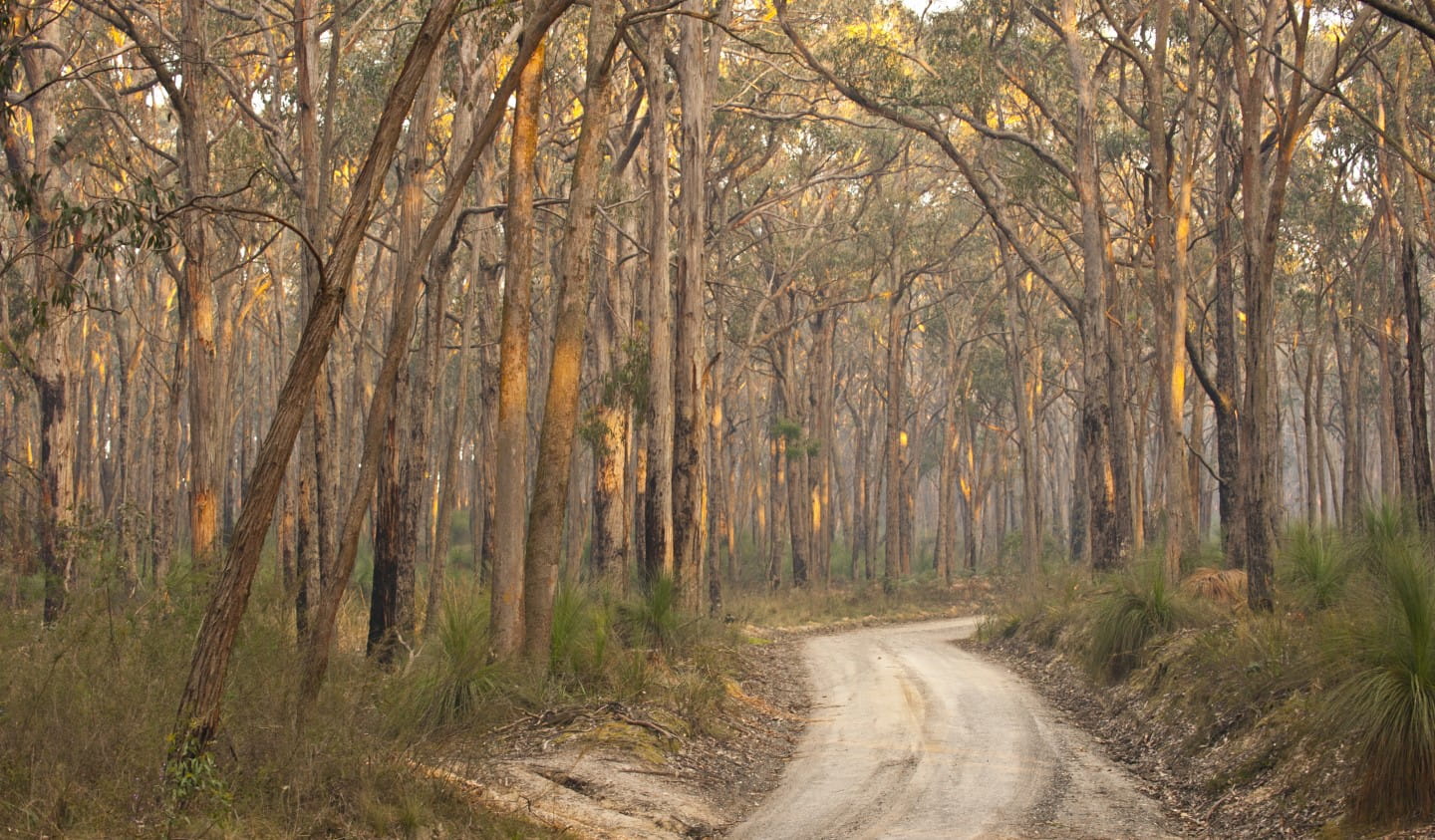
The tall trees of Woowookarung
Members of the Field Naturalists Club of Ballarat, like John and Roger, must wait for the branches to fall in order to collect seeds that are grown at the top of trees in Woowookarung Regional Park.
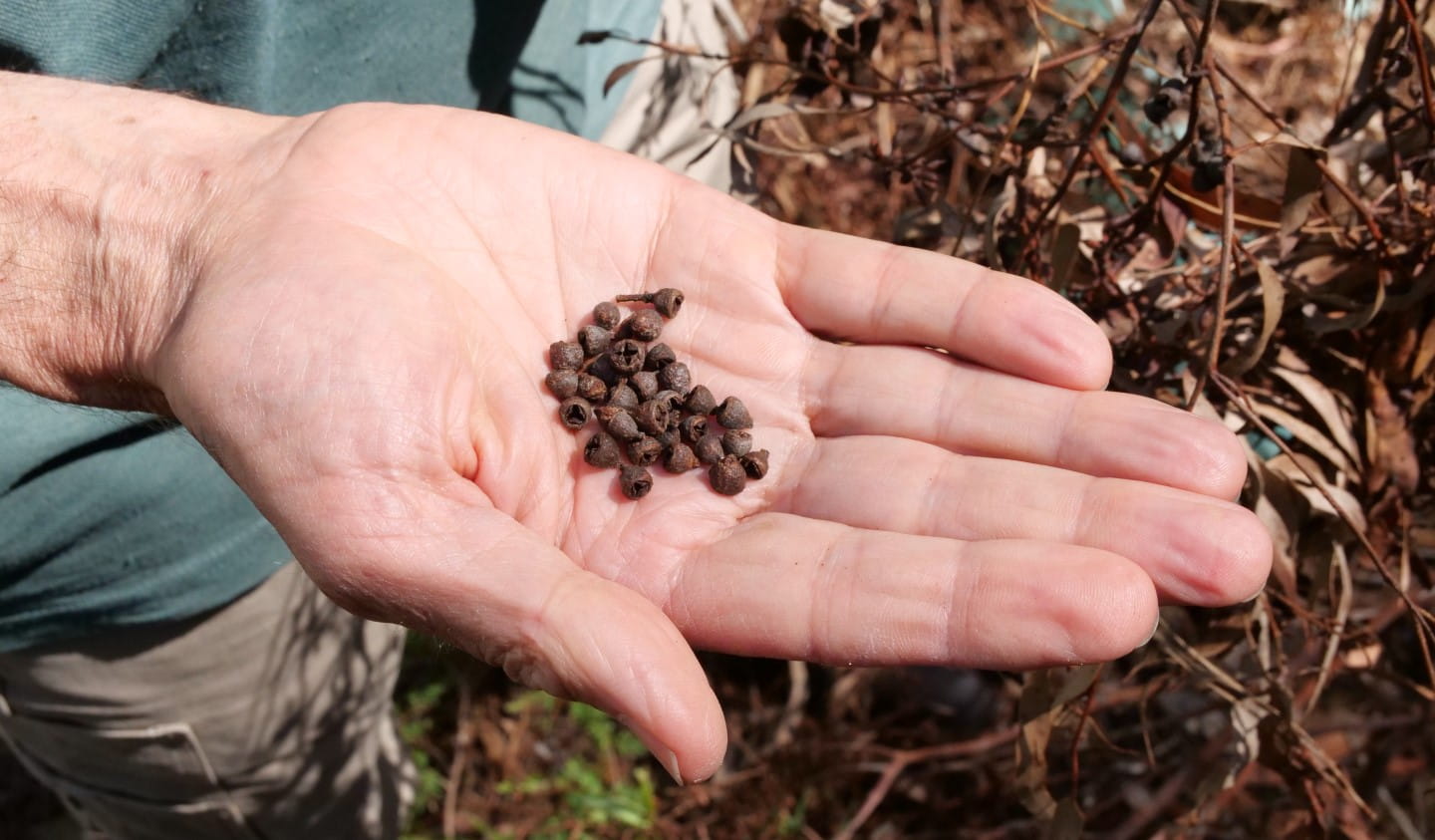
Dried and opened seeds found in Woowookarung
The volunteers hope to find freshly fallen branches which may still have unopened seed pods for them to collect.
After collection, the seed pods and capsules are taken to the City of Ballarat Community Indigenous Nursery, a small volunteer-run nursery on the shores of Lake Wendouree that specialises in growing species found within the local region.
The seed pods and capsules are then dried out to encourage them to open and release the seed inside. This ‘pure seed’ is then collected by the nursery volunteers, put into a jar, labelled, and then stored until it is needed.
“Once they’re in the jars, the seed can last a few years and it will still germinate,” John said.
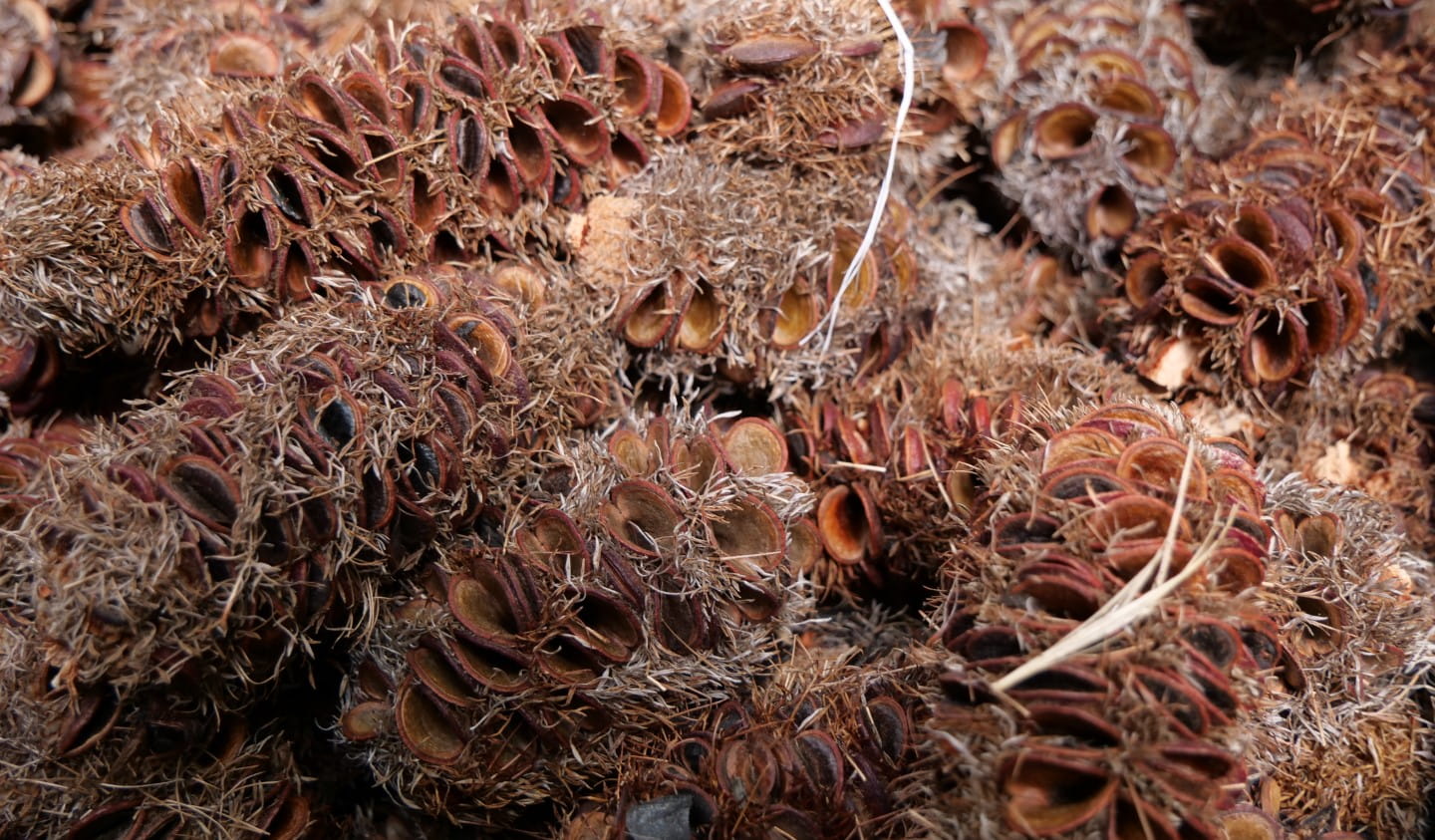
Seed pods left out to dry
The seeds pods are dried out at the nursery to encourage them to open, revealing the pure seed inside.
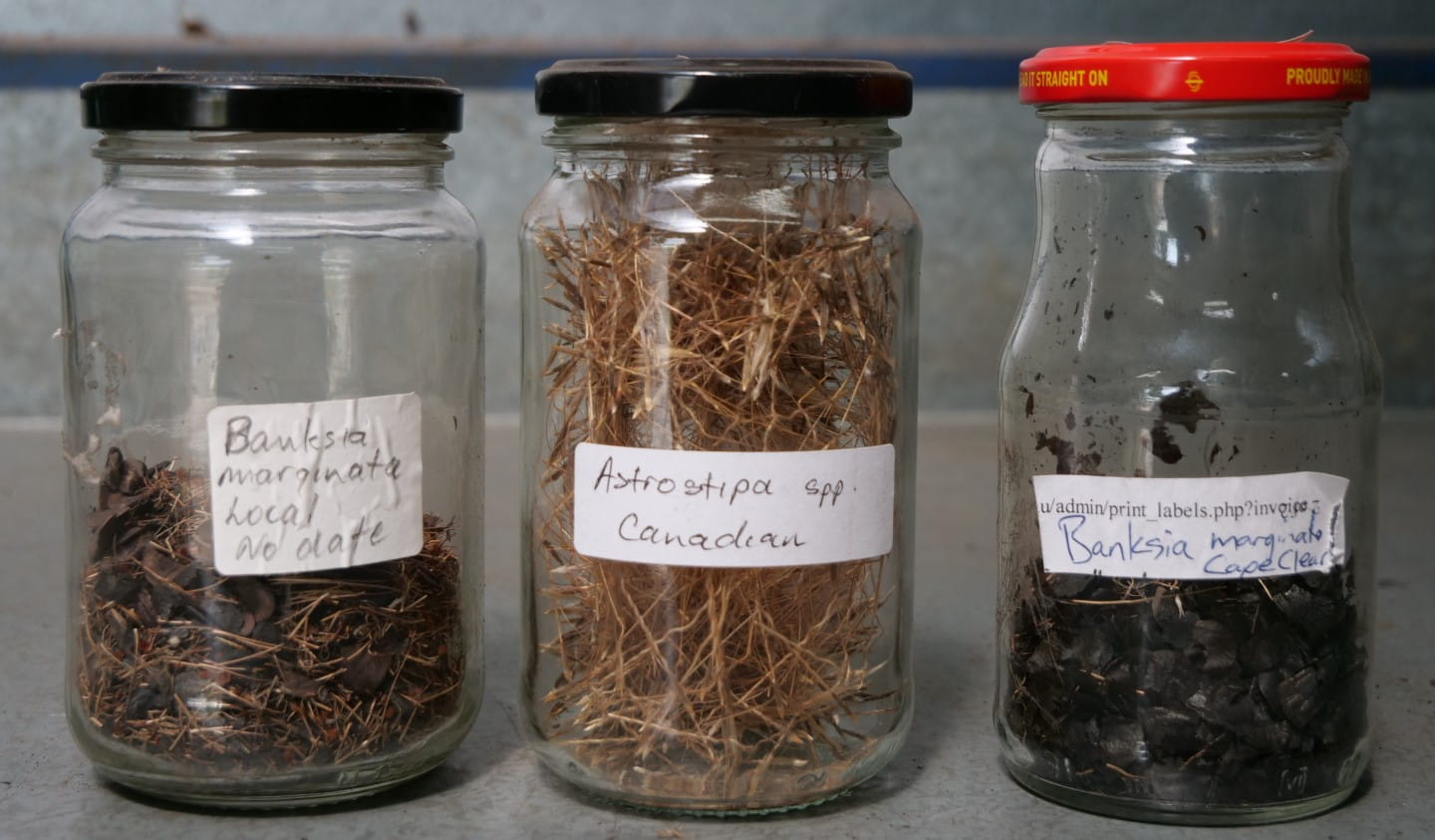
The seeds are sorted and labelled
Once the pure seed has been collected, it is sorted, labelled, and put into glass jars.
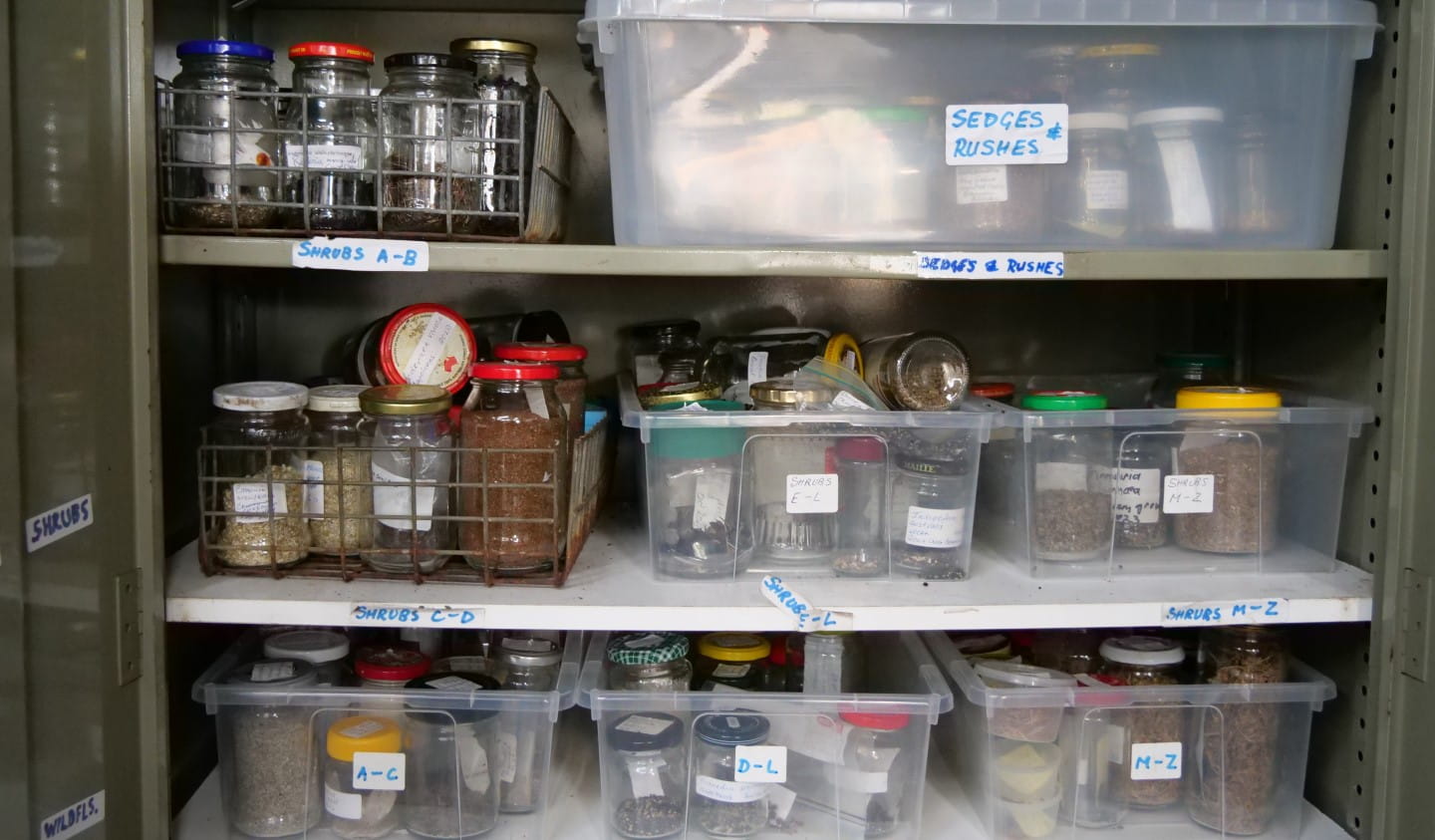
The glass jars are then stored safely until needed
The City of Ballarat Community Indigenous Nursery holds hundreds of different species from the local area.
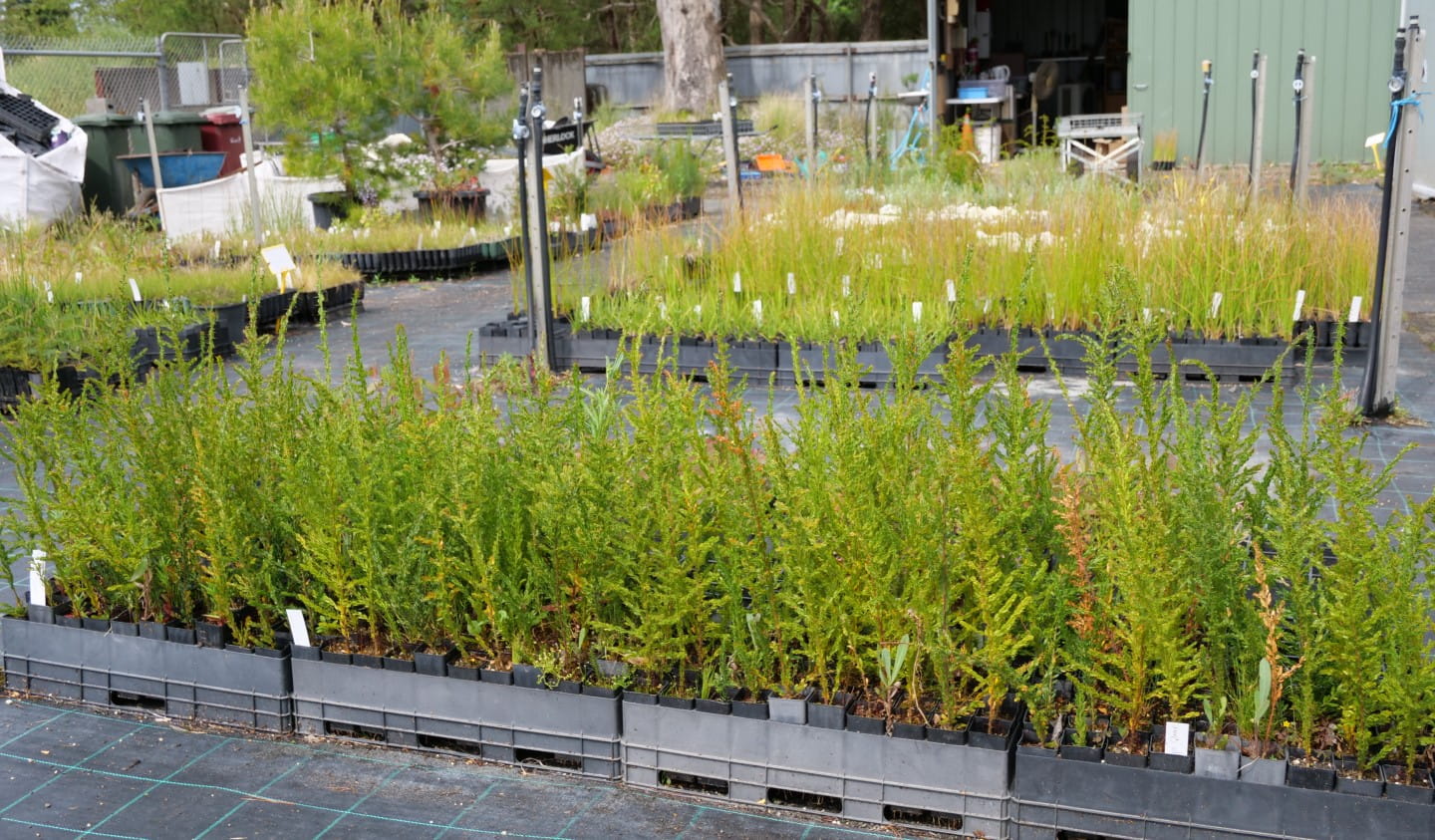
Planted and ready to be donated
Volunteers at the nursery will look after the seedlings until they are ready to be donated back to local Landcare groups, like the Friends of Canadian Corridor.
Stephanie Davison, a volunteer at the nursery, said she “loves being part of a plant’s complete life cycle”.
“I love sowing the seed, looking after the plants as they’re growing, putting the orders together for the various landcare groups, and, as I volunteer with other groups as well, I like doing the planting again out there in nature,” she said.
However, it’s the community part of caring for nature that has Stephanie coming back each week.
“We all bond over caring for nature and these little plants. Volunteering with groups like this is a great way to make friends with similar interests,” she said.
“The nursery is open one day a week and it really is a highlight of my week – I love the community aspect of it all.”
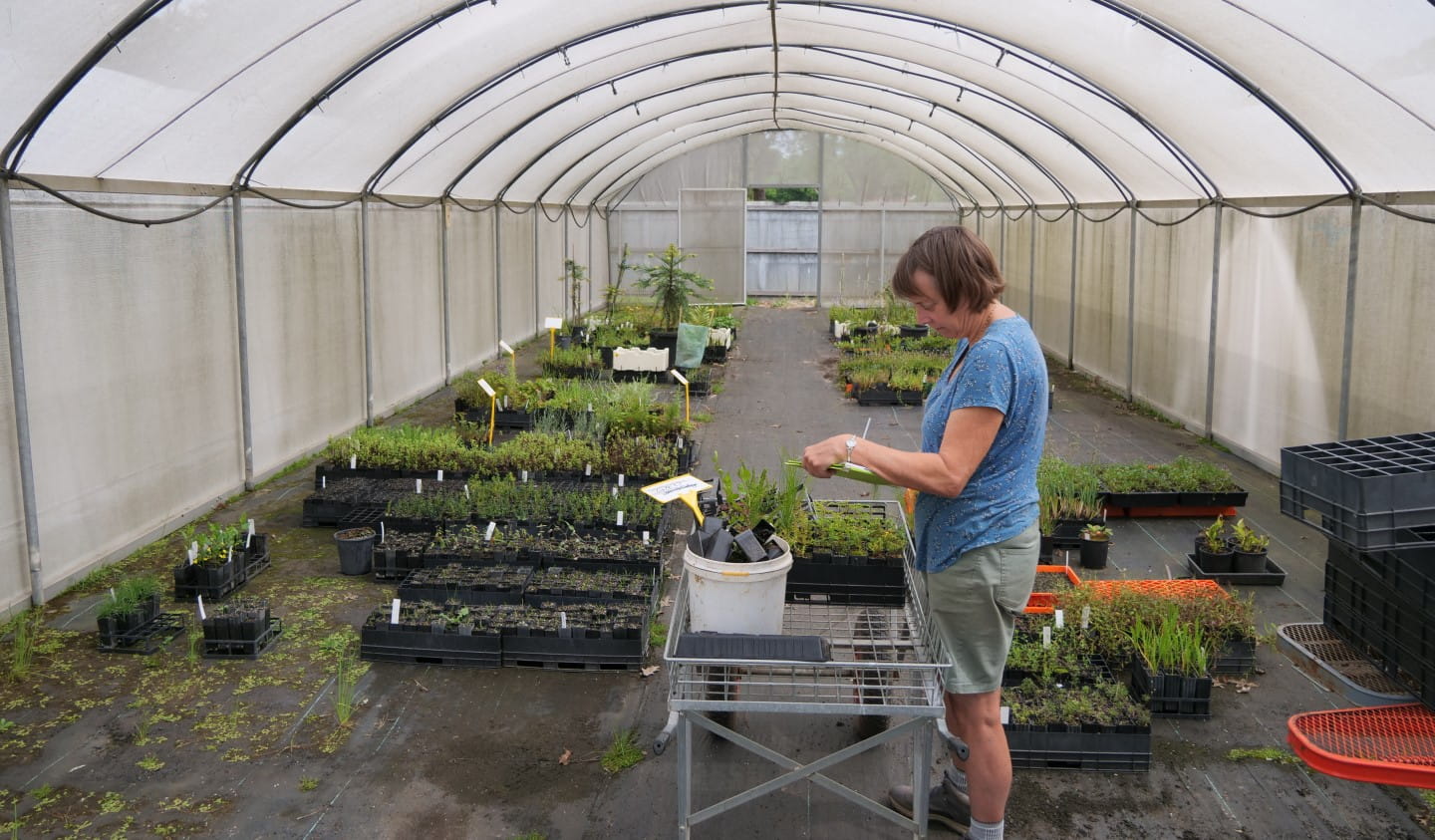
Photo: Stephanie says she enjoys the community aspect of volunteering and being part of a plant's entire life cycle.
City of Ballarat Community Indigenous Nursery manager Lloyd Stanway said the nursery had distributed nearly 20,000 trees, shrubs, grasses and wildflowers to local Landcare groups like the Friends of Canadian Corridor over the past 12 months.
“We also have about 20 schools involved now, and I think that’s one of the best ways to get kids caring for nature by having them actually plant some indigenous trees in the local area. That way they can watch the trees they plant grow as they grow themselves,” Lloyd said.
“I drive past sites I helped plant out over 30 years ago, and it’s a great feeling watching these areas grow and change over time, and knowing you’ve done a good thing there,” he said.
Rob Loveband, a member of the Friends of the Canadian Corridor, agreed.
“Planting trees, by its very nature, is a long-term project,” he said.
“It’ll take 30 or 40 years to see the benefits of what we do today, which is why it’s so important we all do what we can to look after these beautiful natural spaces now and into the future.”
Being a volunteer in our parks is a great way to help conserve Victoria’s special places. Click here to discover the hundreds of exciting volunteer opportunities around Victoria and learn about groups that work in your local area.


